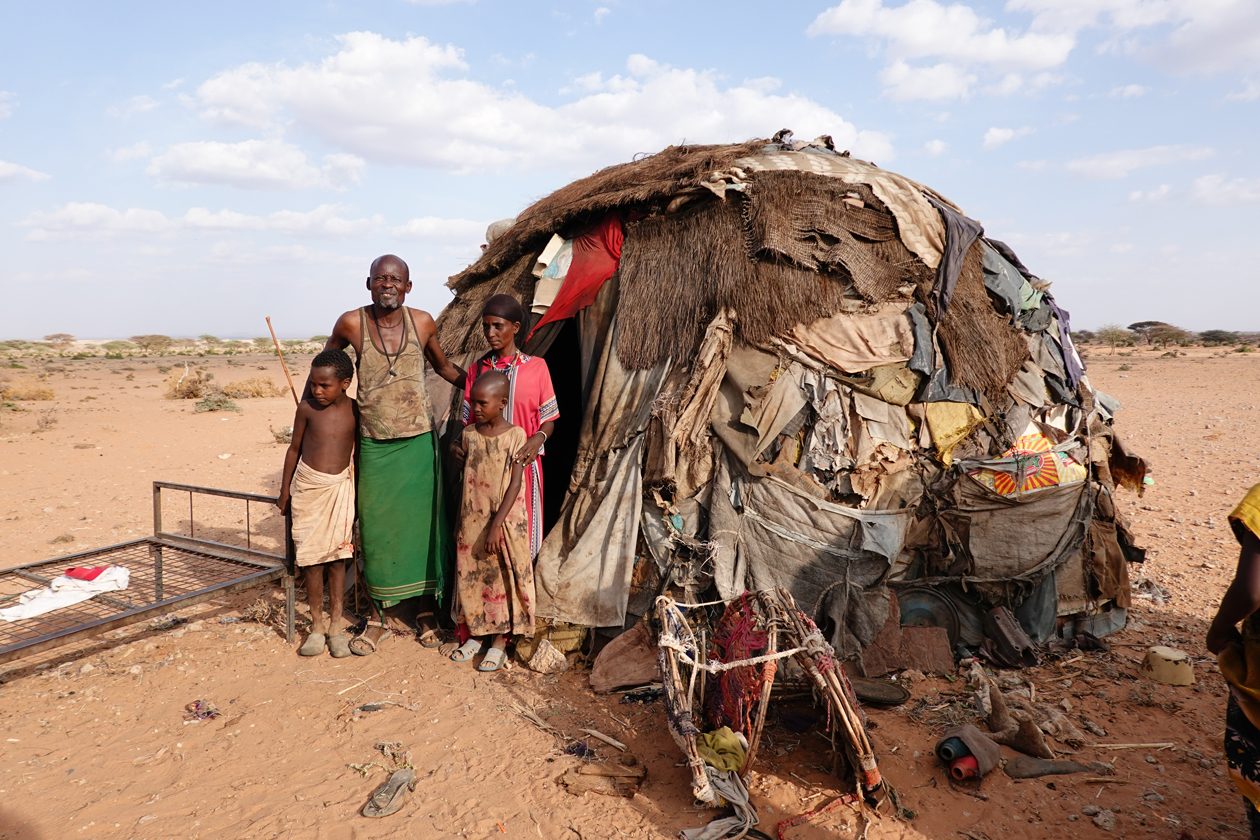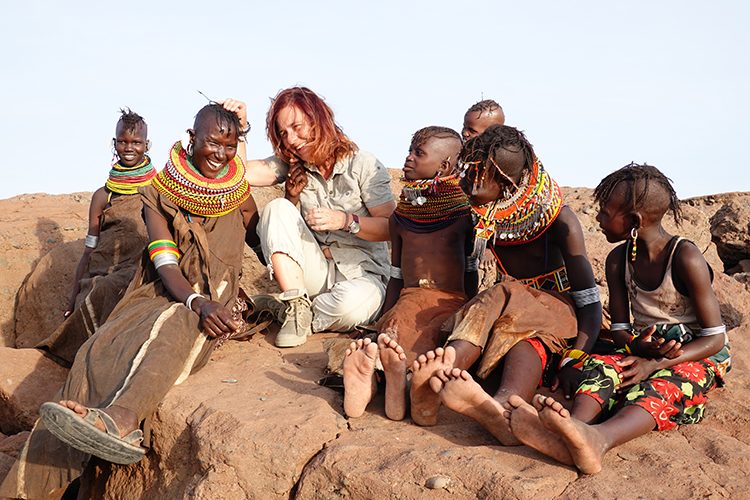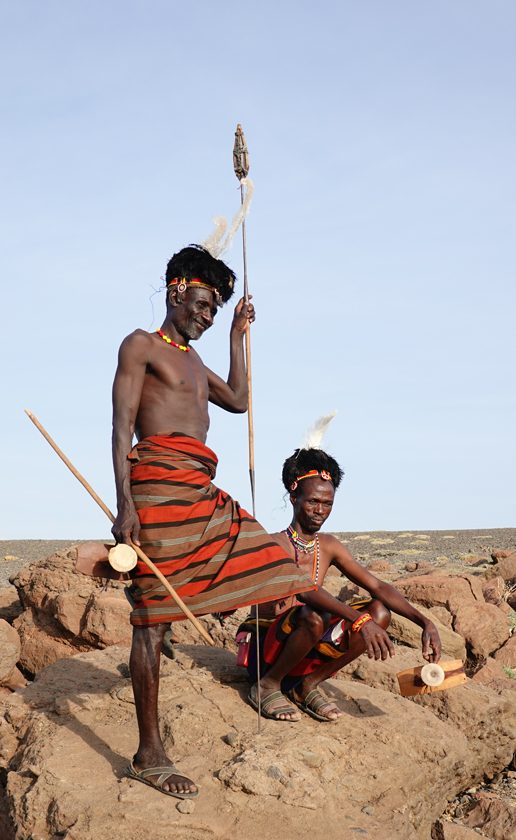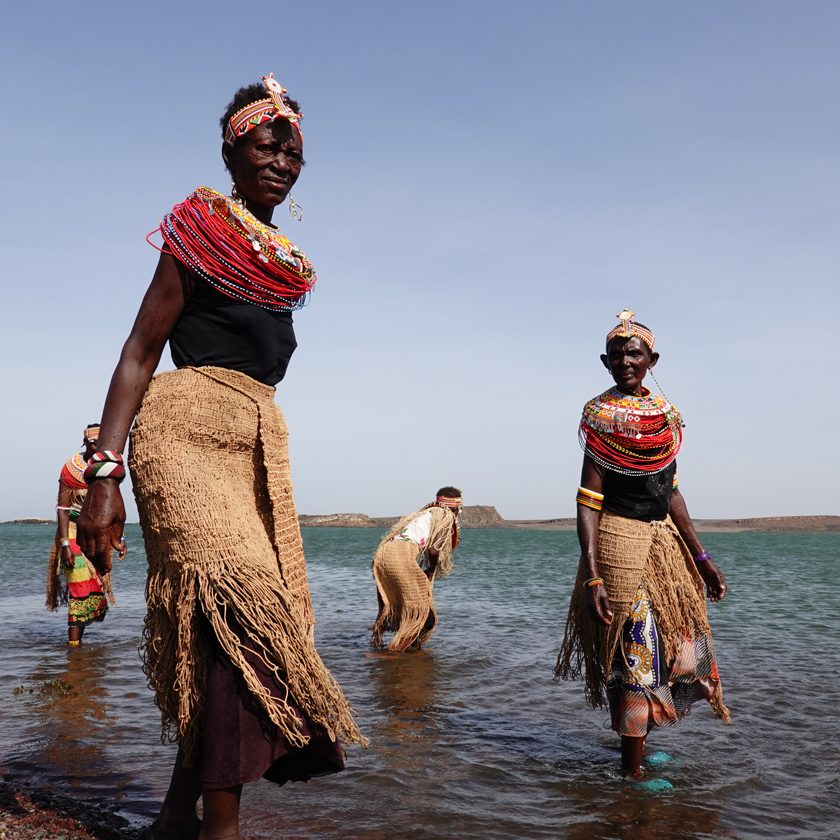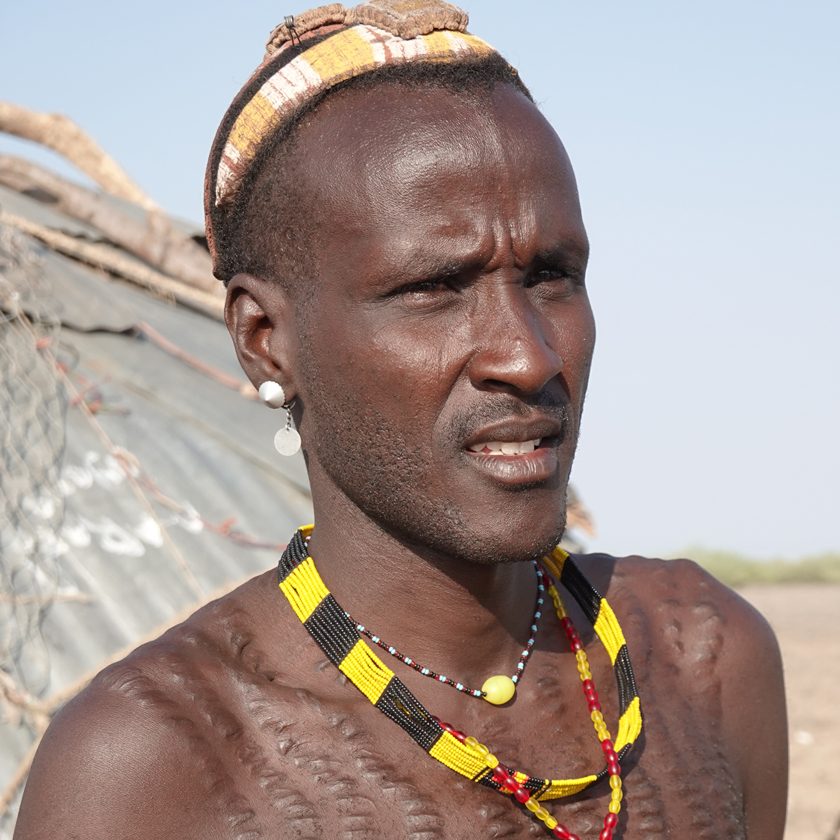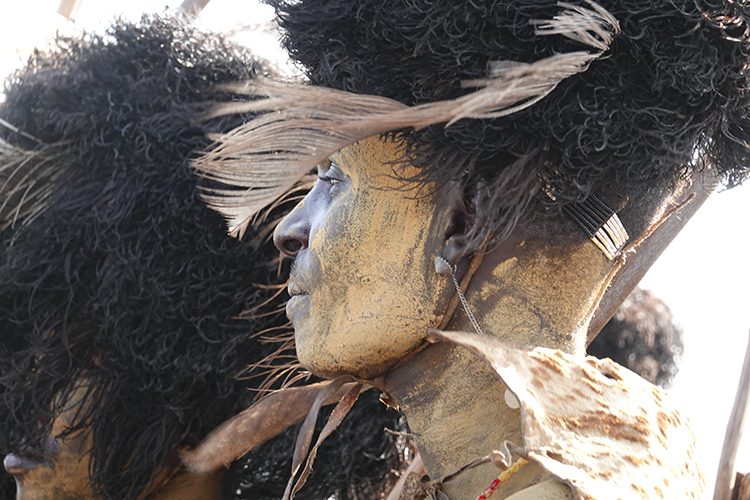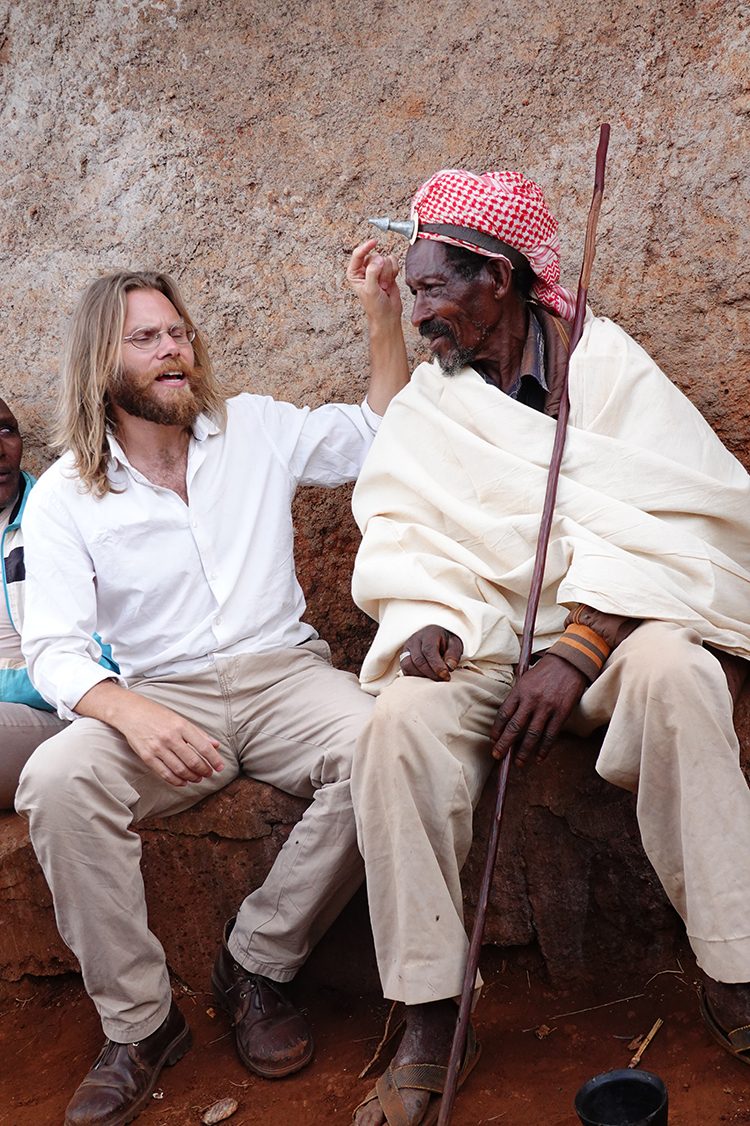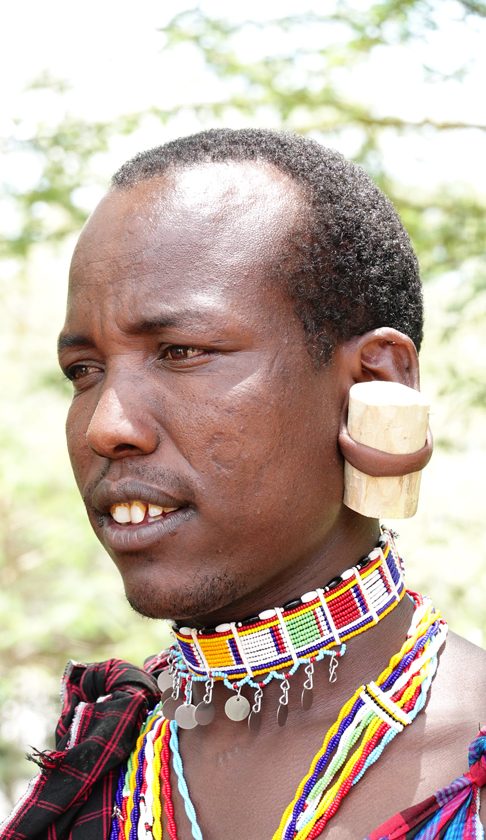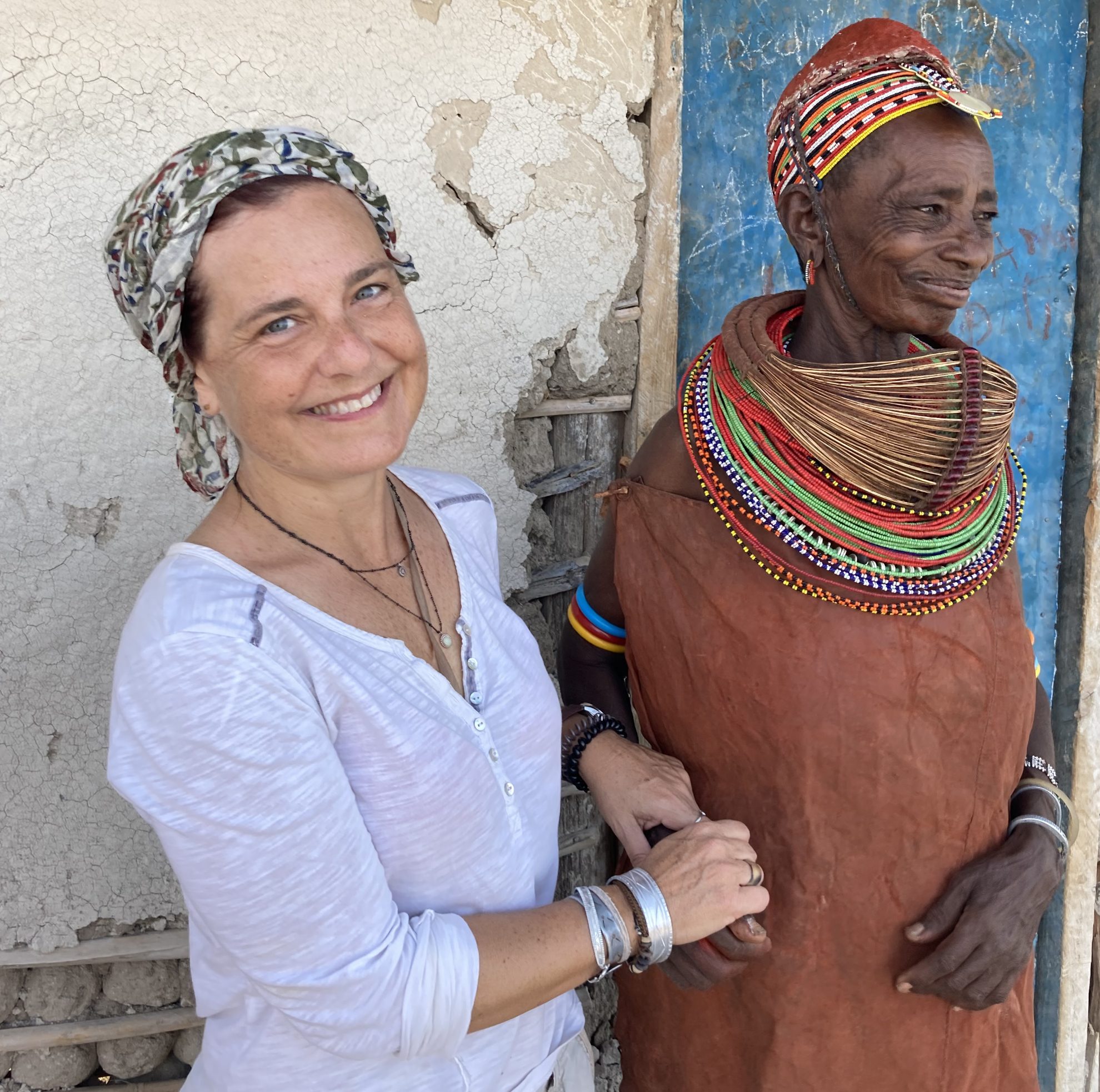Yes, it is possible. Although it is not easy, I know. With Last Places you can discover a different way from the traditional animal safari in Kenya. We want to understand. This time it was not going to be an exception. Our goal: to reach the furthest north of Kenya and meet various tribes along the way. The animals were not on our program.
We start in the Lake Baringo area, where we are greeted by the Pokot, not well known to Westerners. Having good local guides to facilitate the meeting is crucial if one wants to understand another culture. You can't treat people like zoo animals. Arrive, take photos, and disappear. With Last Places, we try to have a moment for introductions, we sit down, we observe each other in the most respectful way possible. And yes, photos are taken.
After the Pokot, we head towards Dol Dol, home of the yaakus, with whom we share a fire, as the night is cold. We set up the tents near their manyatta and we serve ourselves the dinner made by our cook. Tomorrow an excursion to the Mukodogo forest awaits us in search of this ethnic group that used the cave refuge in their hunting expeditions. We found them after an hour of walking among the vegetation that grows where the large rocks allow it. They traditionally dressed in animal skins. Their language, Yaakunte, is in danger of extinction since only seven elders speak it.
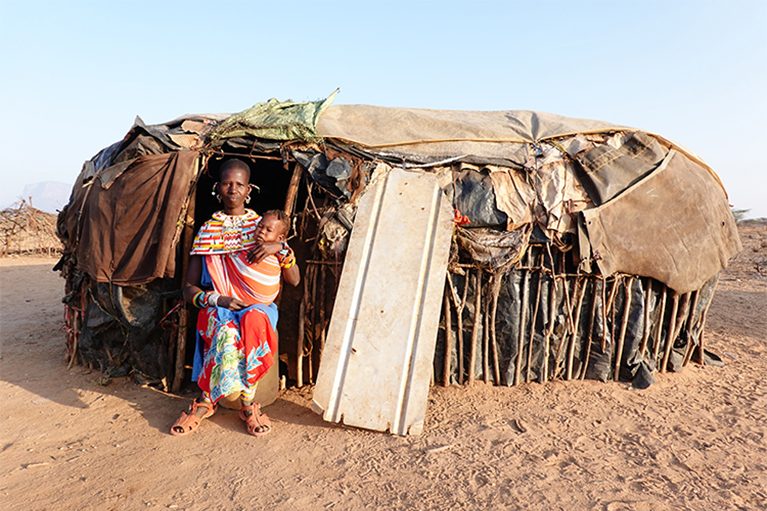
The Samburu, in Archers Post, are our next tribe to meet. Graciously decked out in beaded necklaces and brightly colored sukhas, they invite us into their huts. These are hemispherical-shaped houses built with branches, sticks, and plastics. The Samburu share some traditions and way of life with the Maasai. For both tribes, livestock is the center of their economy and is what determines a person's wealth. They are semi-nomadic shepherds of Nilotic origin, so their houses are easily removable so that they can be rebuilt in another place, where there is pasture for their animals.
